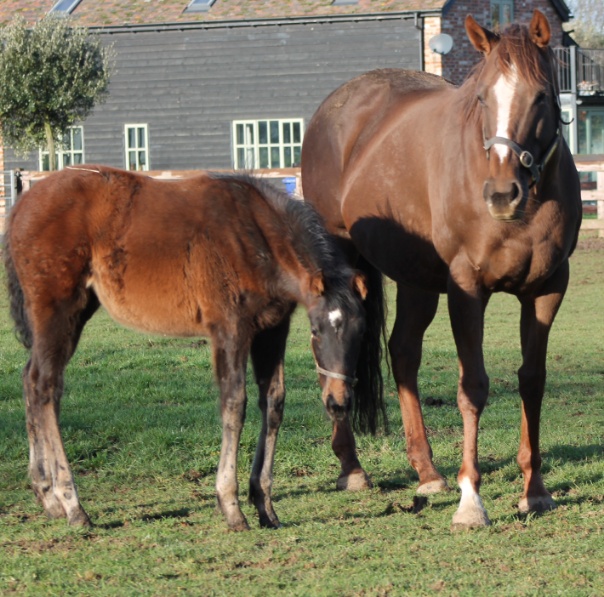
At the conclusion of the Strategy Workshop for the export of horses from South Africa, held at the Wits Health Consortium, Johannesburg on 15-16th April 2014 the attendees from Department of Agriculture, Forestry and Fisheries (DAFF), the Sport Horse and Horseracing Industry concluded a new way forward.
Export of horses provides South Africa with a foreign exchange income of approx. R250 million/annum, with a potential for growth to over R1 Billion/annum and significant job creation. Trade is currently hampered by severe quarantine restrictions and recent outbreaks of African horse sickness (AHS) in 2011, 2013 and 2014 in the AHS Controlled Area in the Western Cape which has led to the temporary suspension of exports to the EU and other trading partners. The meeting recognized that the existing strategy reliant on maintaining freedom of the AHS Controlled Area is fragile, with South Africa only being able to export for 50% of the time in the last 17years.
“This important meeting has demonstrated the ability of all parties from National and Provincial Government, and those involved in the Sport Horse and Horseracing Industry to collaborate towards the objective of AHS disease control and export of horses”, said Prof. Ian Sanne who hosted the important workshop.
The approach recommended includes the following:
Export from the vector protected Kenilworth Quarantine Station which is situated in the AHS Free Zone in Cape Town with an upgrade of the facility to enable horses to be confined to the facility for the full duration of the quarantine period and to be transported to and loaded into the aircraft under continuous vector protected conditions. This strategy is combined with continued surveillance and movement control to enable risk mitigation, and to meet international import requirements. Participate in international laboratory testing to ensure the World Organisation for Animal Health (OIE) recognizes the RT-PCR molecular test for AHS – to shorten the pre-export quarantine period to a minimum of 14 days.
Export to Mauritius from a vector-protected facility compliant with OIE and international standards. Technical assistance will be offered to the Mauritian Veterinary Authorities to support OIE code conditions for AHS Country freedom.
Continue to export from South Africa to the USA with a 60 day post arrival quarantine. Under this model, which has been in existence for the last 65 years, the USA ensures the import requirements and testing is met under the supervision of the USDA.
Investigate the viability of establishing an AHS Free Zone in a part of South Africa where the risk of outbreaks of AHS is considerably reduced.
The meeting recommended continued investment in the coordination of surveillance, movement control and reporting of disease within South Africa and Internationally. Ongoing development of a recombinant vaccine, with related laboratory testing approaches will seek to replace the current live-attenuated vaccine.
Hon Mr. Lulu Johnson Member of Parliament, Chair of the Parliamentary Portfolio Committee of Agriculture, Forestry and Fisheries commented “Parliament has a constitutional mandate to oversee the spending of public funds.” Mr Johnson addressed the workshop and stressed business and transformation are imperative to build the nation. He highlighted examples of where different Government Departments had worked together to achieve success. He suggested the relevant departments of Government: Department of Agriculture, Forestry and Fisheries; Department of Trade and Industry; Department of Science and Technology and Department of Sports and Recreation need to come together and form a committee to work towards solving the problems affecting the broader Equestrian Industry.
International experts from Australia, Italy, Singapore, and the USA participated in the workshop which was facilitated by Australian epidemiologist, Dr Evan Sergeant, of AusVet Animal Health Services.
(Image of Val De Ra with an Oasis Dream foal. Representative of the potential impact of SAF breds on World racing and breeding)
|